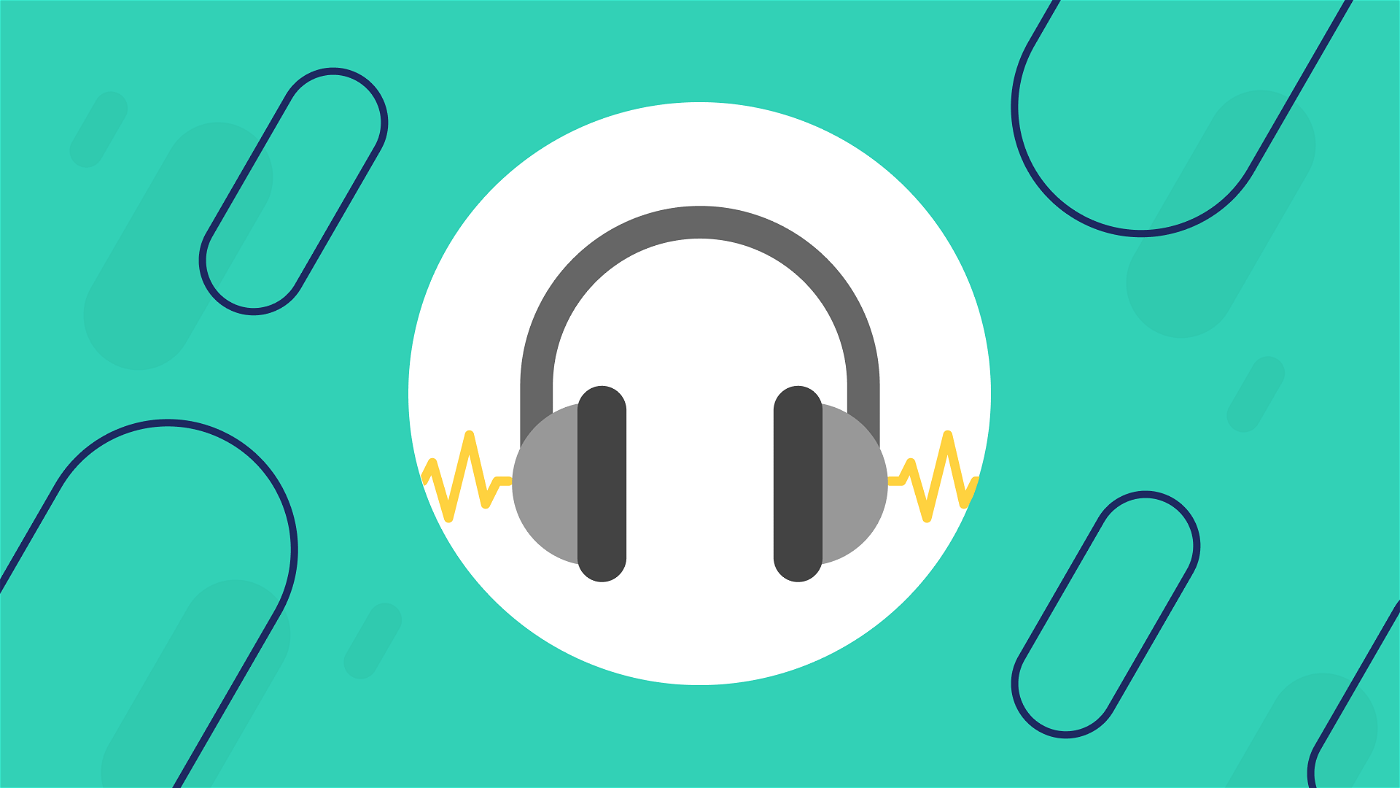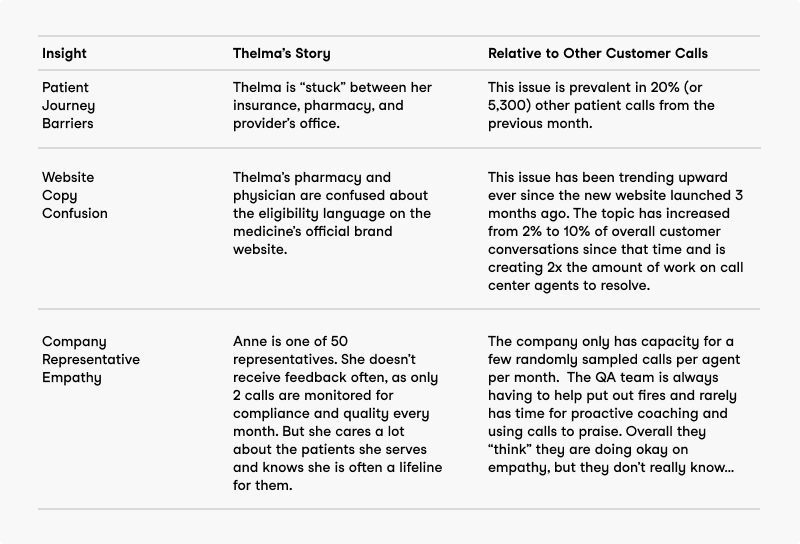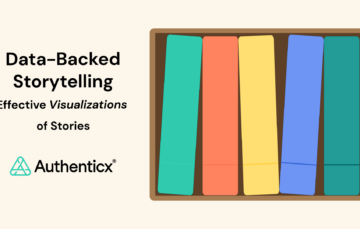
In a world of constantly evolving AI technology that transforms conversations into text, text into data, and data into insights: listening still matters.
Some things you just can’t un-hear. And, when you run a business that involves listening to millions of conversations in healthcare, it’s easy to be moved, compelled, and inspired by these voices every day. The below story is one that I couldn’t un-hear after I heard it the first time.
The 58-year old patient’s voice trembled with desperation and exhaustion as she explained to the customer service representative that she had called 5 different companies in the last 48 hours—her physician’s office, her local retail pharmacy, the specialty pharmacist, the benefits representative at her insurance company, and their medical management department.
Thelma* had been prescribed a life-sustaining medication by her physician weeks ago, but she was currently tangled in a seemingly endless line of confusing hoops to jump through, simply to get the medication in her hands so she could begin treatment.
She was currently talking to Anne, a patient navigator employed by the medication manufacturer. Thelma had learned from the specialty pharmacist that the pharmaceutical manufacturer might be able to help her navigate the hoops and might even be able to offer help to afford the $3,500 bill per dose.
During this 9 minute, 39 second recorded conversation, there were several powerful moments:
At 1:43: Thelma says “I’m at my wit’s end.” [Long sigh, followed by the sound of her holding back tears.]
At 2:15: After being asked why she was prescribed the medication Thelma explains:
“I’ve been putting off treatment because I can’t afford it with my other bills. But my symptoms started getting really bad recently… My doctor says I need this medication for any quality of life. I have a grandbaby on the way… This baby’s father was my son, who died a few months ago. I need to help this baby remember his father.”
[Long pause. Anne takes in the weight of the moment and offers her condolences to Thelma.]
At 4:45: Anne’s voice demonstrates a sincere desire to help Thelma, especially after hearing this story. Anne has been taught how to show empathy during phone conversations at her job, and she is one of the company’s best. Anne tells Thelma that she may be eligible for financial assistance and a benefits coordinator who can help her navigate all the healthcare system hoops.
At 5:39: Thelma’s tone of voice is audibly different than when she began the call. It’s the sound of relief… The sound of confidence… The sound of hope. Once again, Thelma is moved to tears.
At 8:50: At the end of this conversation with Anne, Thelma understands the next steps, the name of the representative who will be working on her behalf, and knows what to expect. Then, Thelma says this:
“I am so grateful for you today—I had no idea I could get this kind of help. Before I called you, I was running out of options and steam…I had about given up. Thank you from the bottom of my heart!”
When you hear Thelma’s own words, with your own ears, it is moving and thought-provoking. It’s the kind of story that stays with you for days, if not weeks. It reminds you of why you got into healthcare in the first place—to help patients.
One patient call, however, wouldn’t likely compel you to change your customer experience program. But what if you knew, with confidence, that Thelma’s story is just like hundreds of other stories happening within your company every day? What if Thelma’s story represented themes that could be quantified, validated, and tracked using your contact center’s recorded calls?

Today, tech companies compel healthcare leaders to invest in AI and sophisticated text analytics capabilities as a way to efficiently “listen” (i.e. read) without actually listening. Leaders invest millions in solutions hoping for a silver bullet to unlock customer insights by turning conversations into data.
The voice analytics market is evolving rapidly, expected to grow to $2.3 billion by 2026, at a CAGR of 19.4%. But the truth is, speech analytics, including AI-generated reports and word clouds, are not enough to compel meaningful and thoughtful action on the part of the users.
For example, compare the context and emotional response you received from Thelma’s conversation to looking at this word cloud rendition of the same call:

Speech analytics is a useful tool that should be used to surface the most compelling stories, but using speech analytics technologies alone, without a way for meaningful analysis (including efficient actual listening) will fall short of providing true understanding and the context needed for leaders to take well-informed action. Word clouds, sentiment scores, and reams of text files don’t tell the story behind customer sentiment and experience. It simply falls short.
If you take nothing else from this blog take this: you don’t have to sacrifice the goal of feeling connected to customers for the sake of technology-generated data. Truly helpful insights depend upon bringing both of these goals into harmony with one another.
At Authenticx, we do just that by helping healthcare leaders surface and listen to customer’s stories – literally, from their own voices -– in a highly-efficient, consistent, and impactful way. Using recorded calls, chats, and emails from your contact centers, customer conversations are analyzed and accompanied by audio montages and visualized data dashboards that shine a light on the relevant themes driving customer churn, loyalty, and everything in between.
*Customer names have been changed.
Amy Brown is a former healthcare executive who started a tech business to help healthcare listen at scale, without compromising the human element that we all crave.


